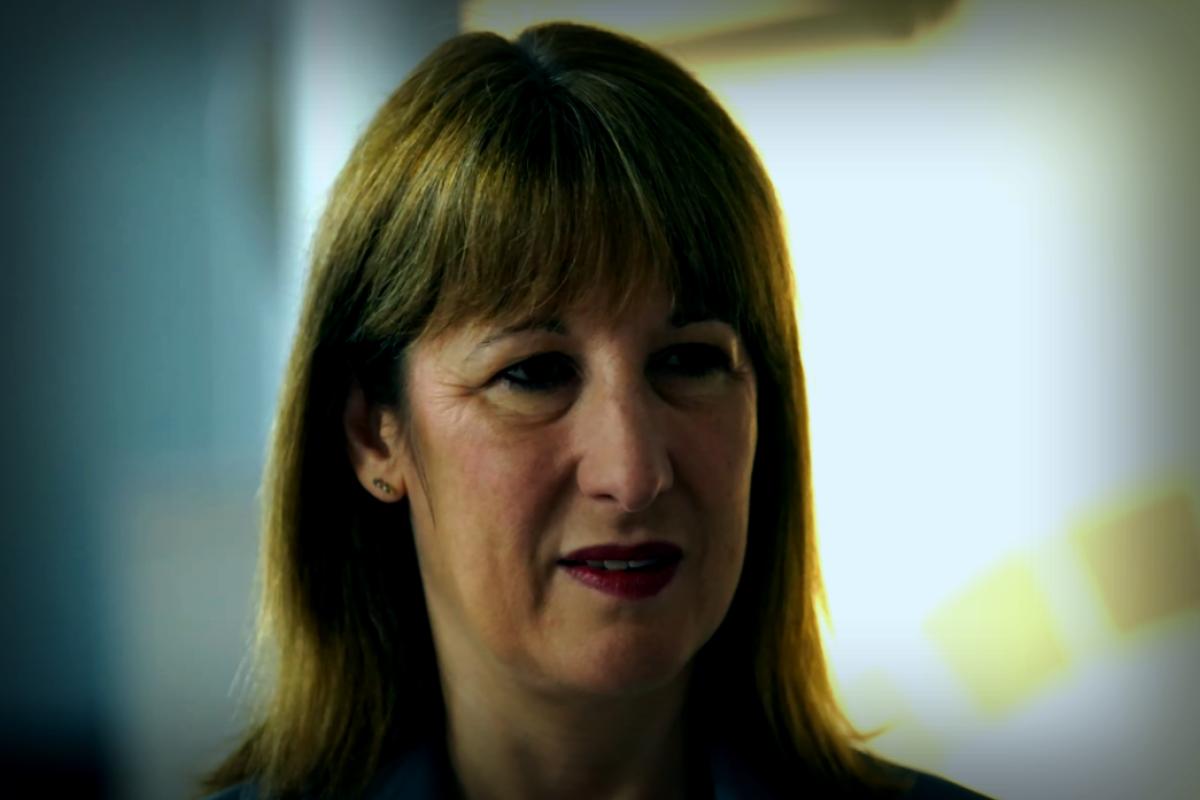Chancellor Rachel Reeves is in a tight spot, as she might have to consider raising taxes in her upcoming autumn budget to close a massive £51 billion gap in public finances. This warning comes from the National Institute of Economic and Social Research (Niesr), which highlights the difficult economic landscape.
In a recent report, Niesr points to disappointing economic performance, unexpected reversals on welfare cuts, and higher-than-expected borrowing as factors putting Ms. Reeves on a path to failing one of her financial targets by £41.2 billion in 2029-30.
According to Niesr, she’s caught in an “impossible trilemma.” She needs to maintain her fiscal responsibilities while also keeping her spending promises and sticking to her commitment of not raising taxes.
Adding to her challenges, the government needs to start rebuilding a fiscal cushion that has effectively vanished, requiring over £51 billion to address this issue.
Niesr indicated that the Chancellor may have no choice but to break her promise to refrain from taxing working people, potentially implementing “moderate but sustained” tax increases or cutting back on spending to tackle the deficit.
“If the Chancellor aims to adhere to her fiscal rules, substantial adjustments in the autumn budget will be crucial,” stated Niesr.
This revelation has sparked discussions about possible government strategies for boosting tax revenues in the autumn, including hints about a wealth tax.
Professor Stephen Millard, Niesr’s deputy director for macroeconomics, commented, “It’s a challenging situation for the Chancellor. To meet her fiscal targets in the October budget, raising taxes or decreasing spending is imperative — maybe even both.”
Niesr claims that if the government decided to extend the income tax threshold beyond 2028, it could generate around £8.2 billion, but that falls significantly short of what’s needed to cover the deficit.
To truly fill the £51 billion gap, the report suggests a five-percentage-point increase in both basic and higher rates of income tax.
Recommendations also include gradual tax increases and examining possibilities for reforming local council tax, possibly replacing it with a land value tax.
Culture Secretary Lisa Nandy has dismissed the idea of a wealth tax, arguing that the Chancellor has already rejected it. “Many nations that tried this approach found it wanting,” she said, referring to the stance of the current government which was elected during a time of historically high taxes on working people.
Niesr has stressed the urgency for the government to create a substantial fiscal buffer through moderate but consistent tax increases, which could ease concerns in the bond market regarding fiscal sustainability and might lower borrowing costs.
This approach could also stabilize the policy environment, bolstering both business and consumer confidence.
Chancellor Reeves has established two fiscal rules: the “stability rule”, ensuring day-to-day expenditures match tax revenues to avoid excessive borrowing, and the “investment rule”, which mandates a reduction in net financial debt as a proportion of the economy.
In a statement, Shadow Chancellor Sir Mel Stride remarked, “Experts continue to warn that Labour’s mismanagement of the economy has created a huge fiscal gap that will inevitably lead to more tax increases — even though Rachel Reeves asserts otherwise. Clearly, Labour resorts to raising taxes because they lack a genuine understanding of economic principles.”
On a brighter note, Niesr has slightly improved its economic forecasts for the UK, predicting a growth rate of 1.3% in 2025 compared to 1.2% suggested in May. However, it’s adjusted next year’s forecast down to 1.2% from the previously expected 1.5%.
Additionally, Niesr anticipates inflation in the UK to exceed earlier predictions, averaging roughly 3.5% this year before dipping to 3% in the second quarter of 2026.
Despite mounting inflation, Niesr forecasts a reduction in interest rates by the Bank of England from 4.25% currently to 3.5% at the start of 2026.




















